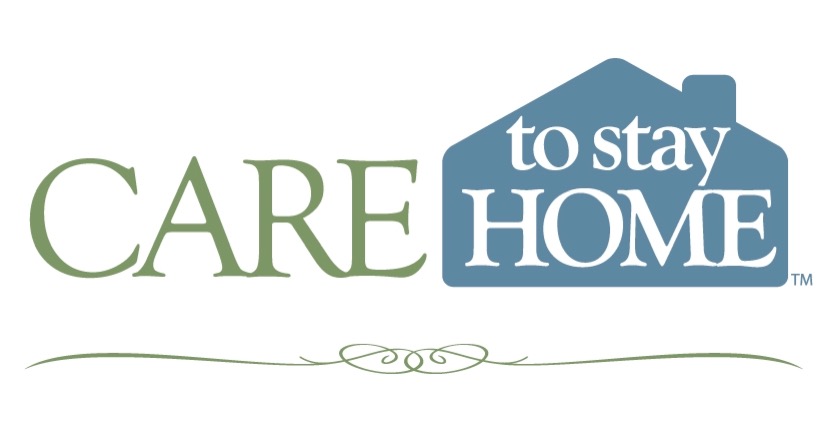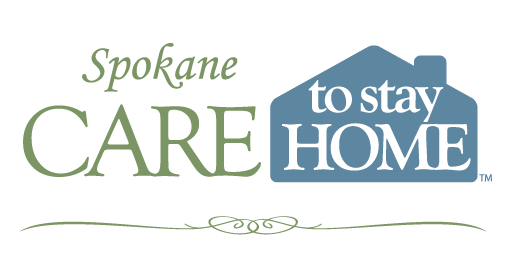08 Oct Understanding the Brunnstrom Stages of Stroke Recovery
If you have a loved one that suffered a stroke, you know how challenging it can be to deal with the physical and emotional stress of recovery. The healing process doesn’t happen overnight and stroke patients and their families often feel overwhelmed dealing with the uncertainty of whether they’re on the right track.
Understanding how a stroke affects your loved one’s body and what to expect as they begin their journey back to health can play a vital role in keeping you and your loved one’s spirits up.
How a Stroke Affects the Human Body
Strokes affect the human body in a variety of ways. This can complicate recovery, and understanding how the condition affects your loved one can help you better care for their needs.
The functions a stroke most commonly affects include:
- Movement: A stroke can damage parts of the brain responsible for movement. As a result, a stroke can significantly affect your loved one’s ability to complete usually simple tasks like walking, picking things up, or getting around.
- Coordination: Loss of coordination is a common side effect of strokes. This is especially true in the case of a cerebellar stroke which is quite rare and can change the way the brain controls balance, leaving individuals feeling unsteady or uncoordinated.
- Vision: If a stroke affected the part of the brain that controls and receives information from the eyes, it could cause significant vision problems like losing vision in one eye or jittery eye movements.
- Speech: A stroke that affects the left side of the brain will usually cause speech and communication problems. Your loved one may find it difficult to pronounce certain words or parts of words correctly because of the weakness or lack of control in the muscles on the left side of their mouth and face.
- Swallowing: The brain needs to coordinate many different muscles to assist with the function of swallowing. If a stroke damaged the parts of the brain that are responsible for this, it will affect their ability to swallow.
- Cognitive abilities: A stroke may cause physical changes to brain tissue that lead to cognitive deficits. These changes include problems with attention, memory, and information processing.
- Emotional processing: A stroke’s impact on the brain can lead to marked changes in emotional processing. This can manifest as uncontrollable feelings of irritability, forgetfulness, and carelessness.
What Are the Brunnstrom Stages of Recovery?
During the 1960s a well-known physical therapist named Signe Brunnström published her research on motor recovery in persons recovering from a medical condition that results in paralysis in one side of the body due to a stroke or brain injury. In her research, she stated that even though some stroke patients were affected more severely than others, the recovery process occurs in a standardized sequence of seven stages.1
The Brunnstrom approach is unique as it views muscle stiffness and involuntary muscle movement as part of the motor recovery process instead of symptoms to fight. The stages she categorized in her research are still used today to assess a person’s post-stroke recovery progress and are described in detail below.
Stage 1: Flaccidity
Flaccidity is typically the most recognizable stage of a stroke, presenting as the complete paralyzation or limpness of one side of the body. During this stage, your loved one may not be able to move any part of their affected side and may rely on you, a caregiver, or a therapist to practice movement exercises beginning with the unaffected side.
Stage 2: Spasticity Appears
During this stage, muscle stiffness, or spasticity in the muscles, will start to appear. By now, your loved one’s brain has started rebuilding some of the lost connections in the areas affected by the stroke.
These connections take time to rebuild and muscles may tighten involuntarily as a result of a variety of outside stimuli like touch. They may also find it difficult or impossible to relax certain muscles at will.
Stage 3: Increased Spasticity
As time progresses, spasticity in the affected side of your loved one’s body may increase. This could make it a bit harder for them to relax their muscles and they may also experience an increase in involuntary muscle movements. However, thanks to this spasticity some may find it slightly easier to manage small voluntary movements on the affected side.
Stage 4: Decreased Spasticity
During this stage, involuntary muscle spasticity gradually decreases. The brain also gets better at sending signals to specific muscles to move them voluntarily. Individuals may still experience poor coordination with some muscle twitches or stiffness on the affected side, but this should present far less frequently than before.
Active range of motion exercises can be introduced during this stage along with strengthening exercises and stretches to improve their flexibility.
Stage 5: Continued Decline of Spasticity
Involuntary muscle movement and spasticity should now be at a minimum. Performing complex muscle movements, like holding a cup, brushing their hair, and grabbing objects also becomes significantly easier.
Stage 6: Spasticity Disappears and Coordination Reappears
By now, a stroke patient’s control of their movements should be almost back to normal. Spasticity should start disappearing in certain muscle groups and movements usually also become more coordinated.
Stage 7: Normal Function Appears
By the final stage, your loved one will have reached full recovery, regained control of their normal motor functions, and be able to perform voluntary muscle movements without any difficulty. This is the ultimate goal for anyone going through a stroke rehabilitation process.
Potential Setbacks for Recovery
No stroke survivor’s journey to post-stroke rehabilitation looks exactly the same, even though they all pass through the same steps. Unfortunately, setbacks are common and can have a negative effect on your loved one’s outlook on their recovery process. However, by recognizing when these setbacks happen you can have a better understanding of why recovery may be taking longer than expected and how to help your loved one stay positive.
Possible setbacks may include:
- Pneumonia
- Heart attack
- Second stroke
- Extreme fatigue
- Temporary regression, during which stroke symptoms may become worse before improving again
One way to ensure possible setbacks are kept to a minimum and your loved one has the best chance at recovering is by investing in dedicated care.
Stay At Home Care for Stroke Recovery
Care To Stay Home offers stroke survivors and their loved ones access to experienced, personalized stay-at-home care. We specialize in matching stroke survivors with caregivers whose skills, experience, and personality are aligned with their particular needs and recovery treatment plans.
By placing your loved one in the best care possible while keeping them in a comforting environment like their own home, recovery can be made all the more rewarding.
For more information on how Care To Stay Home works and the services we offer, or to book an in-home consultation and assessment, contact our team at 509-775-6789 or contact us online today.
Sources:


